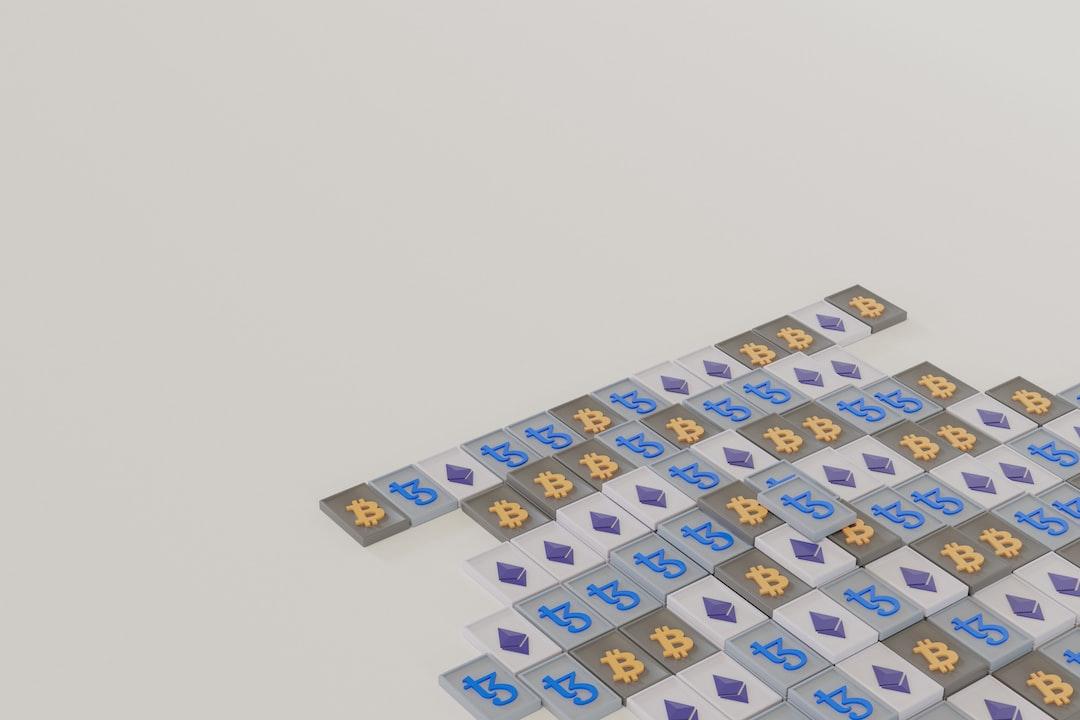Disclaimer: The opinions expressed in this article are solely those of the author and do not necessarily reflect the views of the editorial team at crypto.news.
The integration of traditional real-world assets (RWA) into blockchain technology has long been a topic of discussion among major players like Euroclear and Goldman Sachs. The aim is to leverage tokenization to reduce transaction fees, execution time, and database management costs, while also streamlining provenance and proof-of-ownership processes.
In 2023, the theoretical discussions around RWA tokenization started to materialize into practical applications. Following the turmoil caused by the Terra-Luna collapse in 2022, the private credit market saw a 60% recovery, with the automotive sector emerging as the primary beneficiary of tokenized private credit. A notable development in the industry was the introduction of tokenized treasuries, a new product seeking to challenge stablecoins as the dominant form of RWA. As treasuries gained popularity among retail and institutional investors, their growth signaled a significant step towards maturity for the blockchain industry.
Technological advancements in blockchain have revolutionized transaction optimization, enhancing efficiency, security, and scalability. Layer-2 solutions such as zero-knowledge proofs and optimistic rollups have increased blockchain throughput, reduced transaction times, and stabilized gas fees. Additionally, cross-chain communication projects have improved network interoperability, making the web3 ecosystem more user-friendly.
New services like Maple, Centrifuge, and Backed have applied DeFi concepts to traditional finance, allowing users to invest in real-world assets like corporate bonds and engage in collateralized lending. The launch of Ondo Short-Term US Government Bond Fund (OUSG) by Ondo Finance in early 2023 marked the beginning of the rise of tokenized US Treasuries, attracting investors with its stability and yield-generating potential.
The growth of tokenized treasuries in 2023 has been remarkable, with real-world assets in DeFi more than doubling over the year. The issuance of tokenized US government short-term debt has played a significant role in this growth, attracting investors seeking riskless investments in a changing market environment. Despite regulatory challenges and infrastructure limitations, the adoption of RWA is expected to continue, with tokenized treasuries poised to dominate the market in 2024.
Looking ahead, the tokenization of Sukuk, Islamic Finance’s equivalent of bonds, presents a new opportunity for on-chain investment, catering to a specific market segment. Additionally, the stablecoin market is undergoing a transformation in 2024, with the emergence of gold-backed stablecoins offering a unique alternative to traditional stablecoins like Tether and Circle.
In conclusion, the tokenization of real-world assets has evolved from theory to practice, with 2024 likely to witness further adoption and innovation in the RWA space. Tokenized treasuries, Sukuk, and gold-backed stablecoins are set to drive competition and diversification in the market, signaling a new era of growth and development in the blockchain industry.

